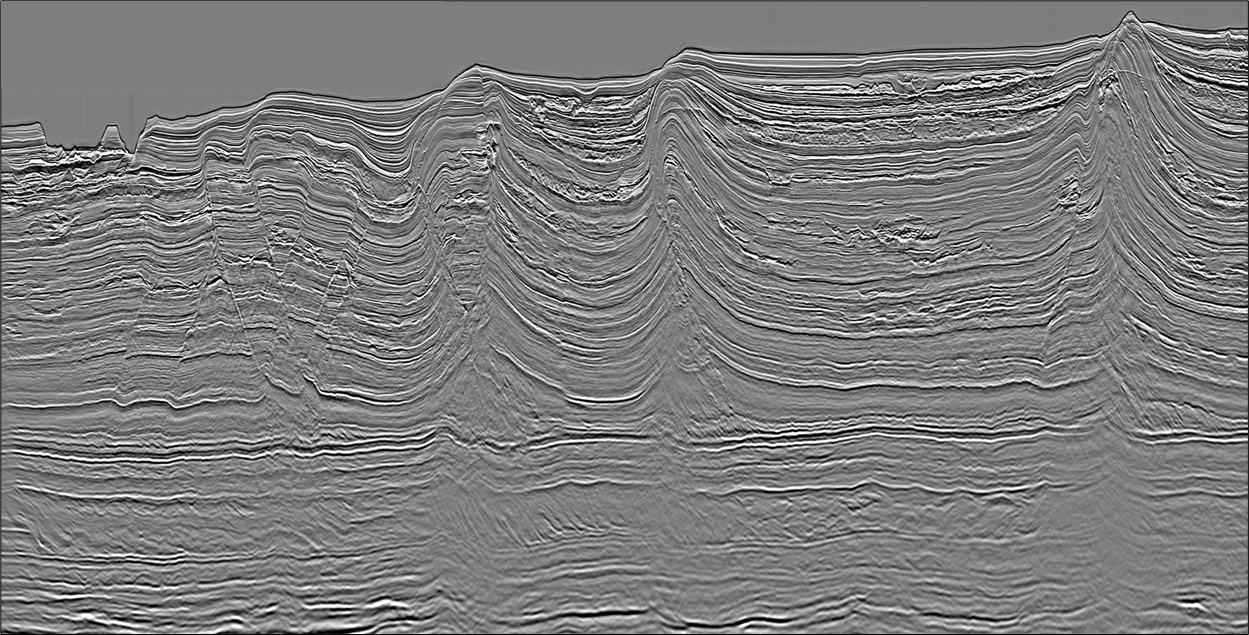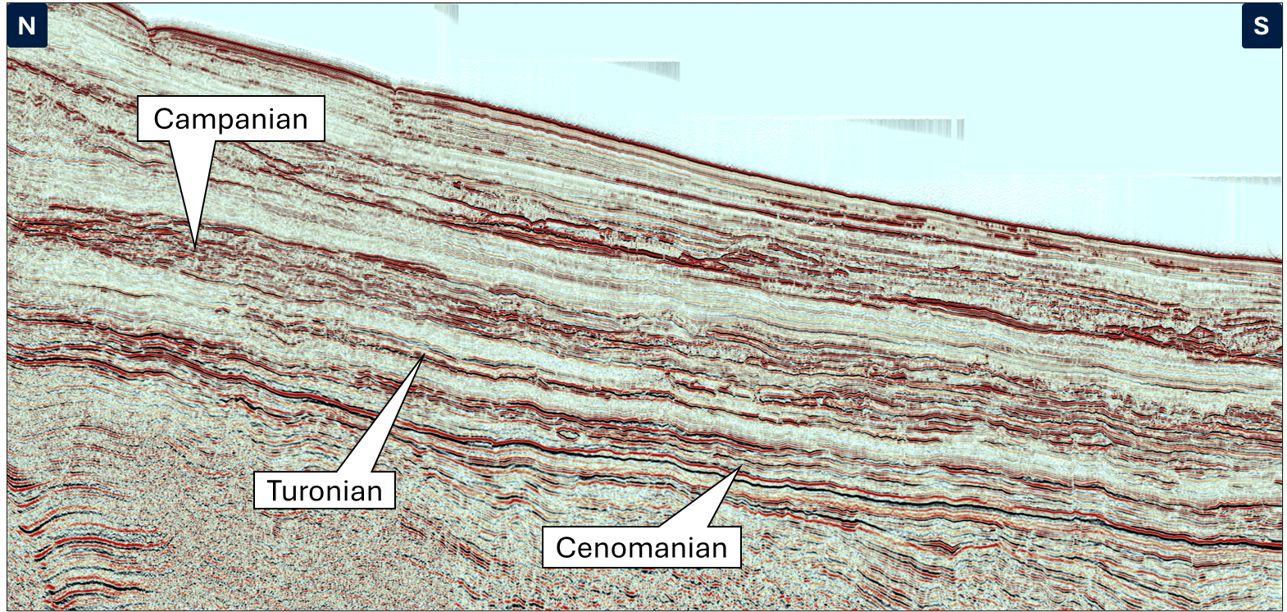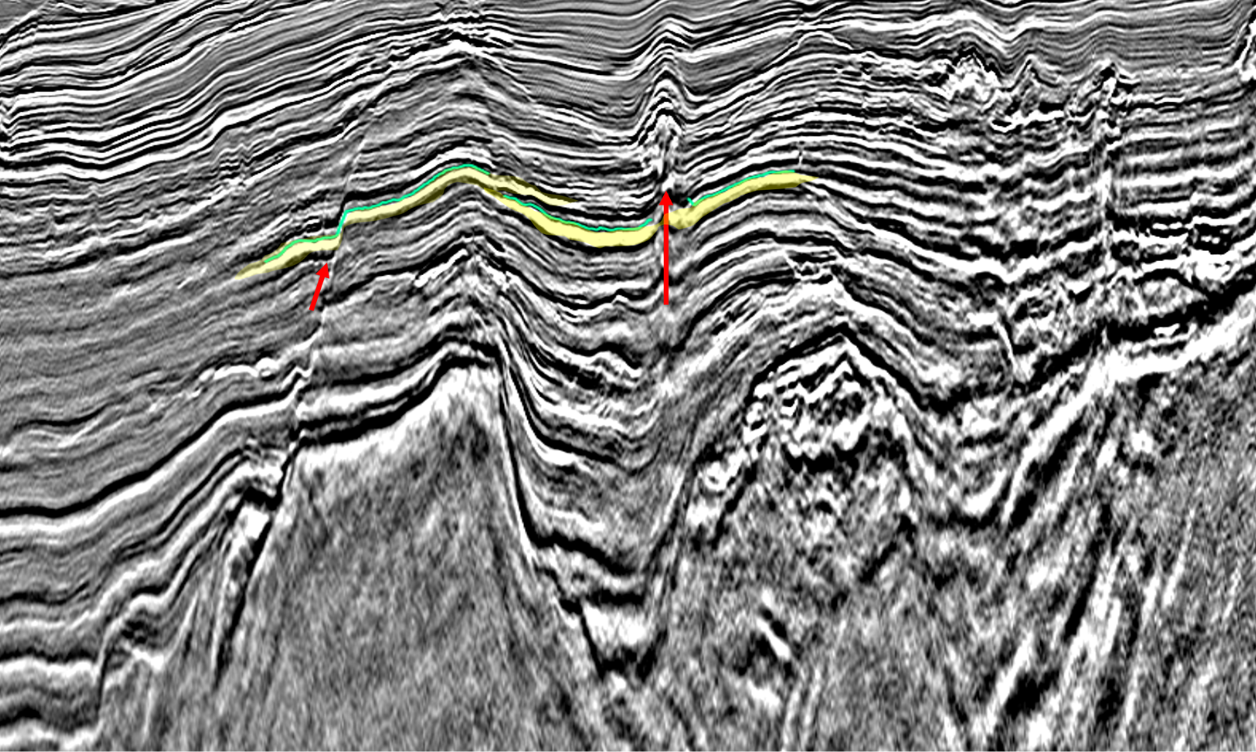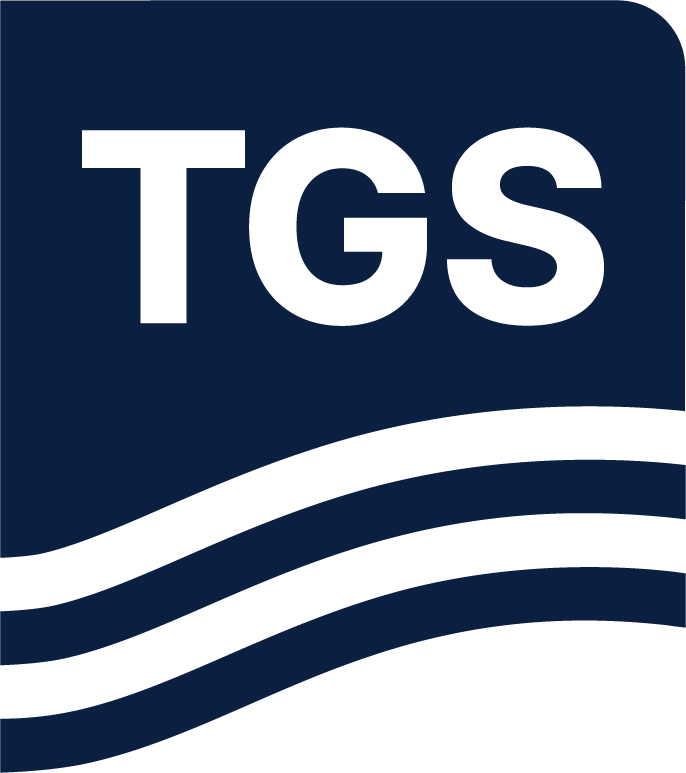West African Transform Margin
The West African Transform Margin (WATM), from Sierra Leone to Western Nigeria, is a key hydrocarbon frontier with proven reservoirs and major discoveries like Ghana’s Jubilee Field.
Among the World's Most Promising Energy Regions
The West African Transform Margin (WATM) is quickly becoming one of the world’s most exciting exploration frontiers, offering exceptional opportunities for hydrocarbon discoveries. Stretching from Sierra Leone to Western Nigeria, this margin has delivered significant success, including the world-class Jubilee Field offshore Ghana.
The region’s proven Upper Cretaceous reservoirs and prolific source rocks highlight its potential, particularly within basins like the Tano Basin, which have demonstrated consistent productivity.

Our Extensive Data Library
Our extensive multi-client seismic data supports exploration efforts in this high-potential region. Our advanced datasets provide crucial insights, enabling the identification of prospects across both shelf and deepwater environments.
With recent licensing rounds and increasing industry interest, the WATM offers explorers a unique chance to discover substantial resources. With TGS data solutions, operators can de-risk their exploration strategies and confidently navigate one of the world’s most promising energy hotspots.
Imaging
The WATM presents several seismic imaging challenges associated with its tectonic-sedimentary evolution, including intricate canyon systems, mass-transport-complexes, faults and mud volcanoes. Overburden heterogeneity affects amplitude fidelity and causes uncertainty in characterizing deeper prospective targets. The water depths in the WATM also vary significantly, adding operational and processing challenges to the region. To overcome these, TGS combines modern acquisition technologies with proprietary imaging techniques, including broadband processing, hybrid demultiple workflows, Dynamic Matching FWI (DM FWI) and least-squares migration (LSM) for high-resolution velocity model building, enhanced interpretability and reservoir characterization.
TGS provides advanced imaging and an extensive data library across WATM.
- Sierra Leone: 11,000 km² of 3D and 16,000 km of 2D seismic data, plus gravity and magnetic surveys.
- Liberia: 31,350 km² of 3D and 50,487 km of 2D seismic data covering 33 offshore blocks.
- Nigeria: 36,622 km of 2D and 105,400 km² of 3D seismic data, with advanced reprocessing and an MB&SS program identifying 450 hydrocarbon seeps across 80,000 km².
- Ghana: 23,600 km² of 3D and 68,000 km of 2D seismic data, detailing stratigraphy and structural traps.
These datasets enable subsurface analysis, prospect identification, and exploration risk mitigation across the region.


Geology
The WATM is defined by complex tectono-stratigraphic frameworks that developed during the African and South American plates' Late Jurassic to Early Cretaceous separation. This tectonic activity created a series of basins characterized by deepwater settings, syn-rift sediments, and post-rift stratigraphic sequences.
The WATM’s geological diversity, with proven source rocks, well-developed reservoirs and multiple trapping styles, makes it a prime area for continued exploration and significant hydrocarbon potential.
Explore Regions in West African Transform Margin
The WATM spans multiple countries along the West African coastline, each offering its own unique geography, challenges, and opportunities. TGS delivers comprehensive solutions tailored to the diverse exploration needs in this region - from government support and fostering key relationships to providing critical data insights and acquisition solutions.
Our flexible portfolio is designed to meet your specific challenges and deliver the best possible outcomes. Discover more on the countries that make up the WATM below.
Sierra Leone
Discoveries along the northern South American coastline have influenced the potential prospective offshore Sierra Leone in recent years. Sierra Leone's more than 400 km of Atlantic coastline can be tectonically reconstructed back to fit with the Guyana Basin.
The exploration success in that region has led to truly world-class oil discoveries (9 Bbbls at the date of writing, but with ever-growing satellite discoveries could be as large as 15 Bbbls), which should be waiting in their eastern twin in Africa.
Liberia
Liberia's Harper Basin has a geological history and petroleum system similar to those in Ghana, Côte d’Ivoire, and Guyana, which have seen recent oil discoveries.
Success in exploration along the northern South American coast has highlighted the potential for offshore Liberia whose coastline can be tectonically reconstructed to fit with the Guyana Basin, suggesting similar prospectivity.
Ghana
The Tano Basin of Ghana is located on the West African Transform margin. It currently remains the most prolific petroleum basin in Ghana. Source rocks from the Albian and younger which charge the upper Cretaceous reservoirs, and the presence of regional marine seals and fault and pinch-out plays have thus far proven successful.
The 2007 Jubilee field has been the catalyst for renewed exploration activity, yielding several new discoveries. New high-quality seismic data is key to delineating the remaining traps, particularly the pre-Albian section.
Nigeria
The offshore Nigerian shelf is West Africa's most prolific hydrocarbon province, boasting multiple billion-barrel discoveries and decades of successful production. Nigeria remains a major oil producer in Africa, with approximately 37 billion barrels of oil reserves, ranking among the top ten globally.
The country produces between 1.3 and 1.8 million barrels of crude oil daily and has over 200 trillion cubic feet of natural gas reserves, with the potential to reach 600 trillion cubic feet.
Togo
- Recently reprocessed 2D seismic 4,946.5 km
- Pre-Stack Time & Depth (PSTM/PSDM) products
- Gravity and magnetic shipborne data
- Oil has been discovered, and source rock material tested in wells on the shelf
Benin
- 6,000 km² multi-client 3D seismic data
- 5,854 km deepwater multi-client 2D reprocessed seismic
- Pre-Stack Time and Depth Migrated products (PSTM/PSDM)
- Gravity and Magnetics data
Côte d'Ivoire
Offshore Côte d’Ivoire presents a compelling exploration opportunity along the prolific West Africa Transform Margin. However, the basin remains underexplored. TGS supports future exploration with extensive border-to-border MegaSurvey coverage, GeoStreamer data across emerging plays, and reprocessed 2D lines extending into ultra-deep waters, offering a consistent, basin-wide view to support confident screening and prospect evaluation.
Speak to a Specialist
Interested in a product demo or trial? Let us know your needs and we’ll connect you to the right person or team.
Book a Data Viewing
Want to see the latest seismic data solutions and imaging technologies in your region of interest or for the next license round? Book a data viewing with one of our experts.
Discuss Your Seismic Data Needs
Every need is different and we'd like the opportunity to discuss yours further. Speak to one of our data or geoscience experts to customize seismic solutions specific to your requirements.

